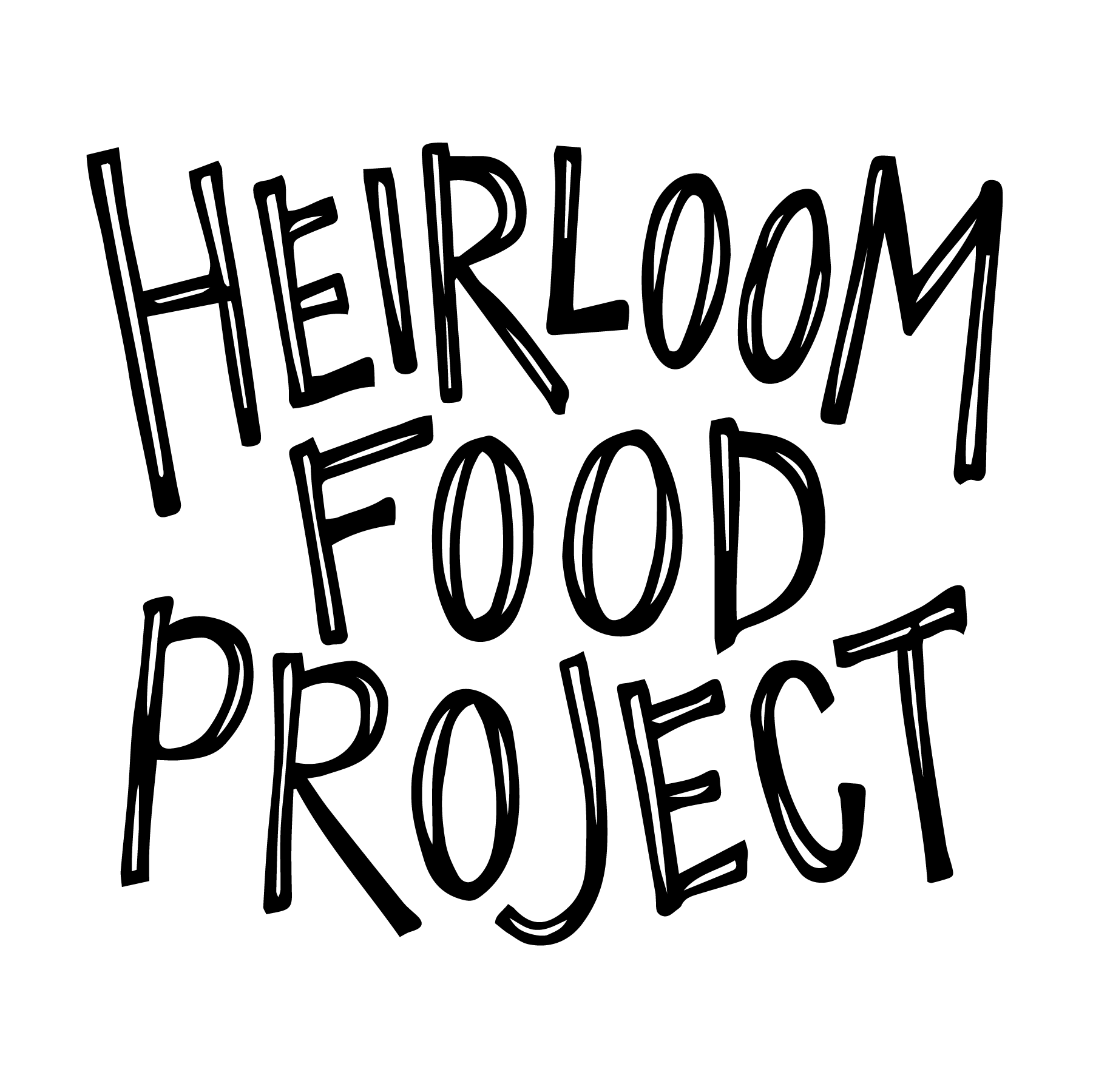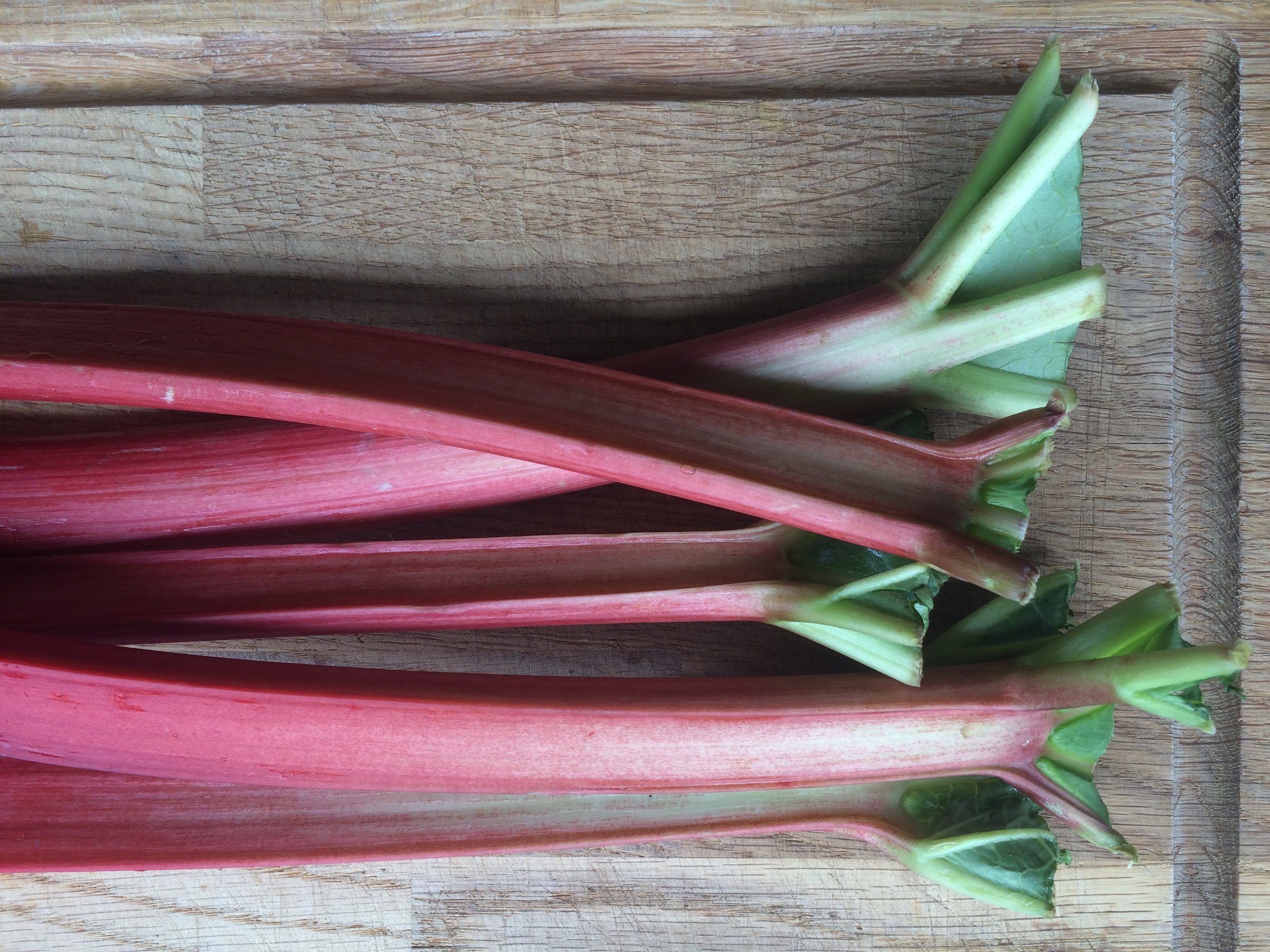Here Comes Rhubarb: The Jewel of Danish Spring
Last spring when I was fresh off the plane from Oregon my friends still living there were sharing photos, gushing over the season’s beauty. I wailed, “Spring will never be that good in Denmark!” But then May arrived, and with it came flowers in vibrant pinks, purples, and yellows. Blossoms of all shapes and colors burst forth, and the grass grew thick and lush. I could not imagine a place with a more beautiful spring. Can you?
One of the most rewarding sights to behold is the first ruby-red rhubarb, the stalks shimmering like a jeweled prize after many winter meals of potatoes, onions, and cabbage. Though now almost every Danish garden has a crown of rhubarb, that was not always the case. It was a long road for the sour plant to arrive here, and the journey included neither pies nor porridge at first.
A sought-after medicine
The earliest records of rhubarb date back to 2700 BC in China where the root was used medicinally as a laxative, which was foundational for treatment at that time. The best plants for this purpose were native to China, Tibet, and Mongolia. This meant that if the Europeans wanted this precious, elusive rhubarb root – and they did – they had to import it.
You know the Silk Road that saw to the passage of fine porcelain, tea, spices, and silk? Dried rhubarb was on that road alongside those luxury goods by the early 15th century. In fact, “the finest quality rhubarb was more expensive than cinnamon or saffron,” according to Laura Kelley, author of The Silk Road Gourmet. Who knew?!
Rhubarb’s first experience in European soil
After tiring of relying on imported rhubarb, the Europeans began trying to produce the desirable plant on their own soil. Explorers, missionaries, and botanists quested for centuries to cultivate “True Rhubarb”—the variety from unreachable parts of Asia that was of highest medicinal quality. To make the long story short, their mission was fruitless.
Frustrated, these gardeners found the silver lining; their efforts to grow rhubarb for medicine had primed their land to grow rhubarb for cooking. By the time the 18th century rolled around, the English were baking it into sweet pies and tarts. The availability of cheap sugar allowed the sour vegetable to be used in sweet dishes. That sugar, along with further improvements to varieties and growing techniques, produced sweeter, tenderer stalks and sparked a rhubarb boom that peaked between the world wars.
Today’s rhubarb rainbow
Since that boom, people in Denmark – and all across the Nordics – have put it to culinary use. At Terra Madre Nordic 2018, a festival hosted by Slow Food, artisans showed off the rhubarb rainbow: rhubarb caramel from Iceland; a true-to-rhubarb sour drink from Bornholms Mosteri; rhubarb juice and syrup brought by a Faroese woman who lives in a village of 40 people on an island of 60; dried rhubarb from Norway that made me pucker before mellowing to an earthy, cumin flavor; a green rhubarb jam which was almost savory like mustard; and a classic strawberry rhubarb jam from Finland. It was a true celebration of spring.
Although rhubarb may be more commonplace now than it was on the Silk Road, it’s a treasure just the same. Seeing and tasting rhubarb is like receiving a medal for crossing winter’s finish line and opening a big, fat invitation to peak-season produce. I wish for you many bags full of freshly-pulled rhubarb from the gardens of neighbors and friends – and perhaps even your very own. Let’s revel in it while it’s here.
Sources: The Silk Road Gourmet by Laura Kelley
This article is published in The International, a monthly free newspaper created by and for expats living in Denmark. My column features stories about Danish foods and their global histories, as well as tips for home-cooking in your expat kitchen.


